The importance of the ancient Egyptian calendar is very important
Because it included, for the first time in history, the basic principles that prevailed in modern times. The ancient Egyptians were the first to release their calendar from the synodic lunar month. The final abandonment of the lunar month is estimated during the Archaic or Protodynastic period (3000 – 2780 BC). As known from the excavation findings, the original Egyptian calendar was lunar, divided into 12 lunar months.
The Illachus papyrus proves the use of a lunar calendar with 12 months of 29 or 30 days, since the service of the priests in the temple alternated every 29 or 30 days. However, there are calendar tables, in which the lunar dates are reduced to solar dates. Similar double dating is seen in many Egyptian texts.
This fact does not mean that the people also used the lunar calendar. Presumably the priests kept a lunar calendar alongside the solar one for the ritual of their religion. The ancient Egyptians also associated the length of their year with two nearly coincident natural phenomena.
The annual floods of the Nile and the appearance of Sirius just before sunrise. The phenomenon of the near-simultaneous rising of the Sun and Sirius is called the “Eothine Epitoli” of Sirius and at the time of the compilation of the Egyptian calendar it occurred around July 19, according to the supposed Julian calendar. Sirius is the brightest star in the sky. It belongs to the constellation Canis Major and is located in the southern hemisphere of the sky. It is 23 times brighter than the Sun and is 8.58 e.f. away from us.
However, the calendar date of Sirius changed over the years and increasingly deviated from the real one, due to the fact that the Egyptians used an approximate solar year of 365 days and not 365.25 days. Thus, the newer astrologers calculated that the simultaneous rising of the Sun – Sirius occurs on July 19 every 1460 tropical years (365 X 4=1460 years).
According to confirmed historical accounts, this phenomenon occurred in Egypt in 2781 BC, in 1321 BC. and in 139 AD However, since the Egyptian calendar, according to archaeological findings, is said to have been known and established since 2781 BC, the Egyptian astronomers must have observed the “Eothian edict” of Sirius at least before 2781 BC. time, namely the year 4241 BC.
THE DIVISION OF THE YEAR AND THE TWENTY-FOUR HOURS
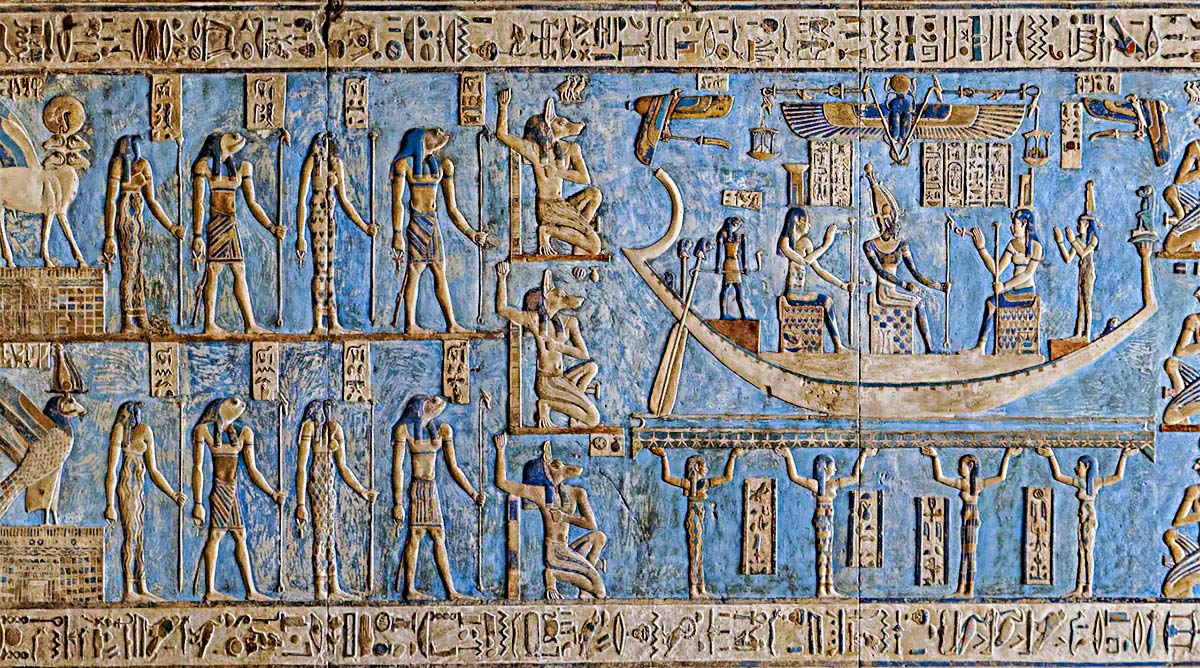
The Egyptian year consisted of 12 months of 30 days, and 5 complementary days, which followed the 12 months, so that the total number of days was 365. The 5 complementary days were associated with the myth of the sky goddess Nut. Nut cheated on her husband Ra, the great god of the Sun, with Thoth, from whom she became pregnant.
To punish her, Ra ordered that she could not give birth to her child in any month of the year. But Thoth tricked the Moon at gambling games and won 5 days from her every year. However, these days did not belong to any month and were outside the calendar. So Ra’s order did not apply to them. According to the myth, Nut gave birth to her child on the first of these five intercalated days. The holy intercalated days were dedicated to the birthdays of their five main gods. Of Osiris, Horus, Isis, Seth, and Nephthys. The Egyptians, like other ancient Eastern peoples, divided the day into 12 hours (harou) with its beginning, as well as the beginning of the entire twenty-four hours, at sunrise. To be precise, they divided the time period from sunrise to sunset into 10 hours and then added 2 more hours, one for the morning twilight and one for the evening twilight.
Similarly, they divided the duration of the night into 12 hours. These seasonal hours, as they called them, varied in length throughout the year, as the duration of the natural day increases and decreases from solstice to solstice. The hour was not therefore 1/24 of the entire day. The daytime hour was 1/12 of the time period between sunrise and sunset, while the nighttime hour was 1/12 of the time between sunset and sunrise. Due to the difference in the duration of day and night between summer and winter, the Egyptian hour was constantly changing, had a variable duration.
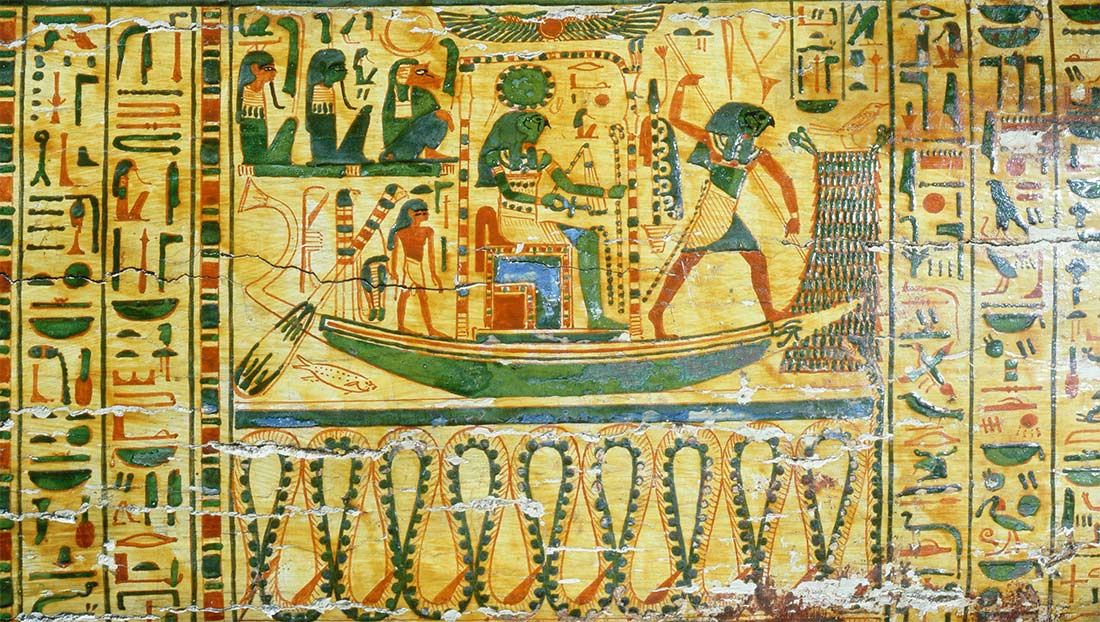
The 360 days of the year were divided into 36 decans. Each decan was headed by a bright star, called a “decan”. Thus, each month consisted of three decans. The lord of the decans was Sirius. From the 26th dynasty, the political year of 360 days was divided into three four-month seasons, which corresponded to the annual cycle of the rise and fall of the Nile waters that depended on the seasons. The flood season (Achet) occurred when the Nile overflowed and flooded the fields.
The season of sowing (Proze) occurred when the Nile returned to its bed, allowing the start of cultivation. Finally, the third season, the harvest (Somob), corresponded to the agricultural work of harvesting and harvesting. The measurement of time in Egypt was a simple expression of mathematical accuracy. The main time periods were: Set Period 30 years
Henti Period 60 years, Heh Period a century and Tchetta Period eternity
The Egyptians did not have an “epoch”, that is, a chronological starting point, but they reported events in the year of the reign of the reigning pharaoh. For this reason, there was no exact chronology of the dynasties. However, regardless of whether there was no chronological starting point, it is known that the Egyptian priests showed Herodotus (5th century BC) a genealogy of pharaohs that dated back to 10,500 years.
Related Articles

Most spectacular and unusual Christian churches around the world
The Monastery of the Holy Trinity, Meteora, Greece (1476) A 15th century medieval monastery stands proudly 1,300 ft above ground level, accessible only by ascending the daunting 146 steps carved into the rugged cliffside. This sacred place was utilized by brave monks...
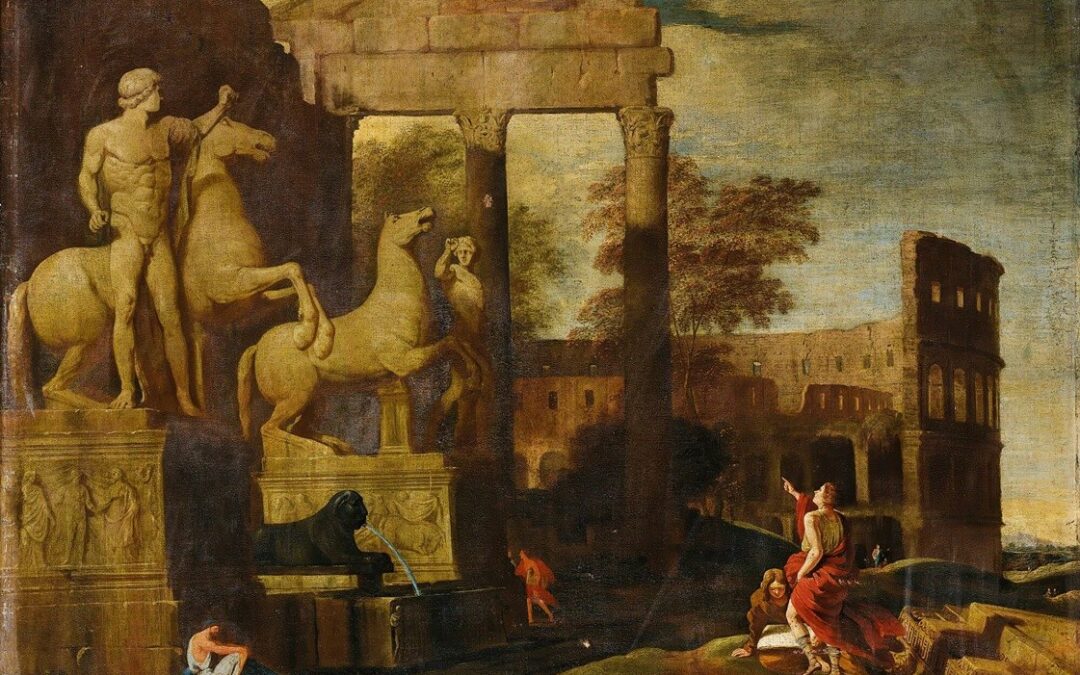
The story of Dioskouri: The greek immortal brothers Castor and Polydeukis
According to the legend, the twin heroes Dioskouri, Castor and Polydeukis Were born on Taygetus, the great mountain of Sparta and Tainarus, so they are preeminently heroes of Doric origin. In Sparta, the king of Tyndareus, had for his wife the beautiful Leda, daughter...

The story of Dioskouri: The greek immortal brothers Castor and Polydeukis
According to the legend, the twin heroes Dioskouri, Castor and Polydeukis Were born on Taygetus, the great mountain of Sparta and Tainarus, so they are preeminently heroes of Doric origin. In Sparta, the king of Tyndareus, had for his wife the beautiful Leda, daughter...

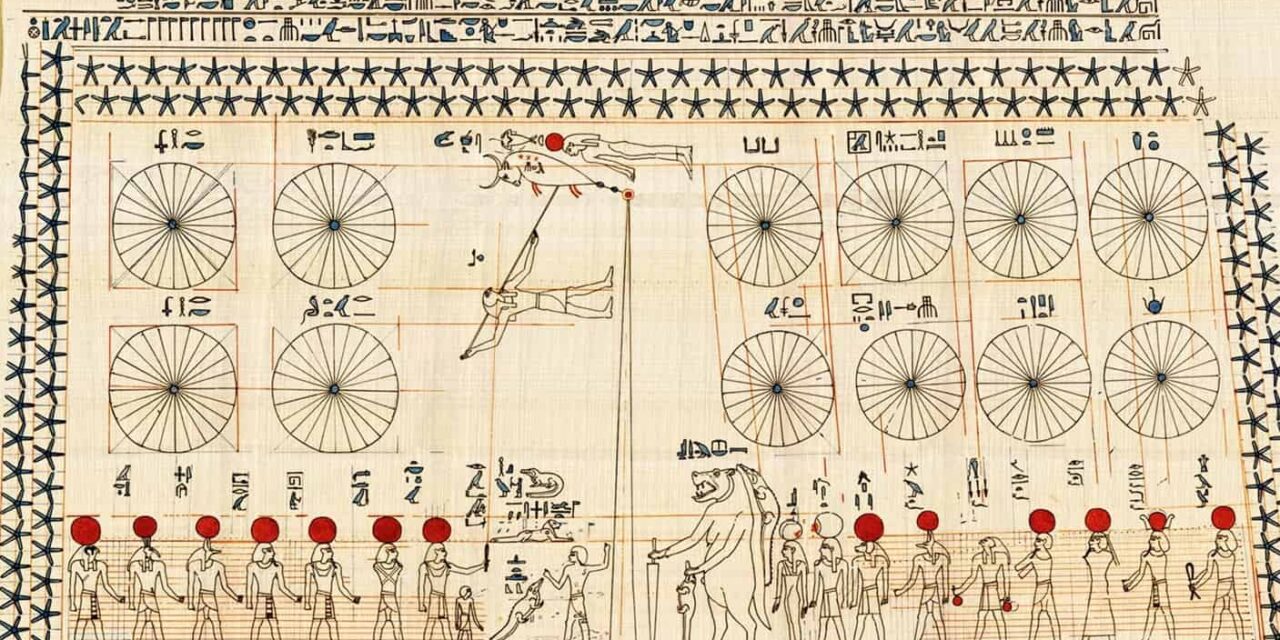
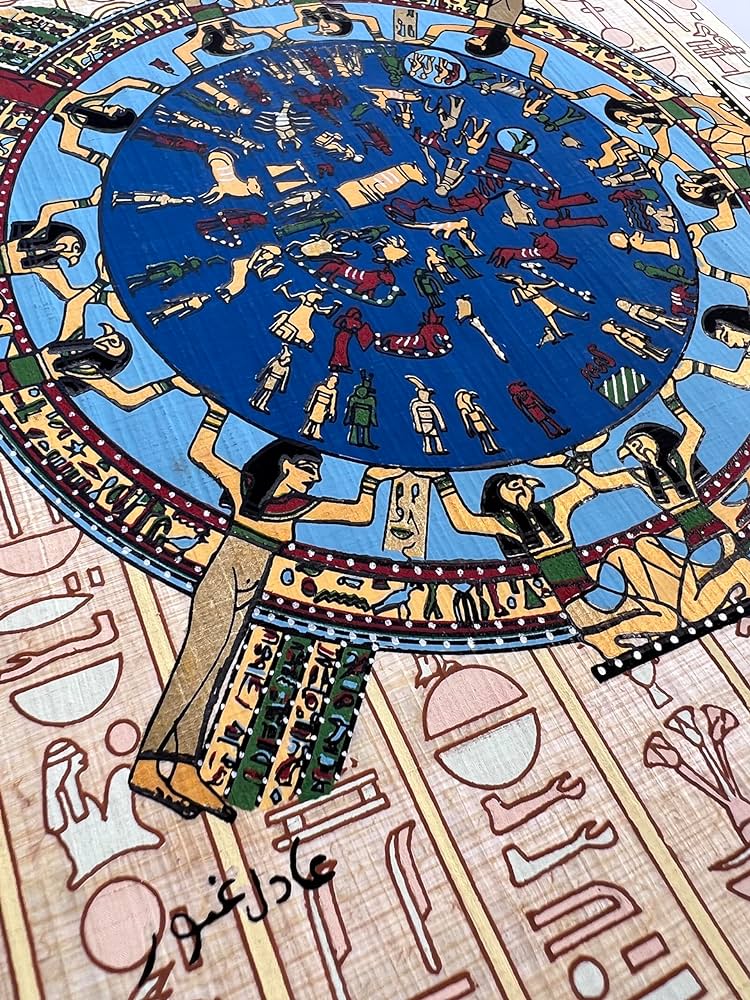
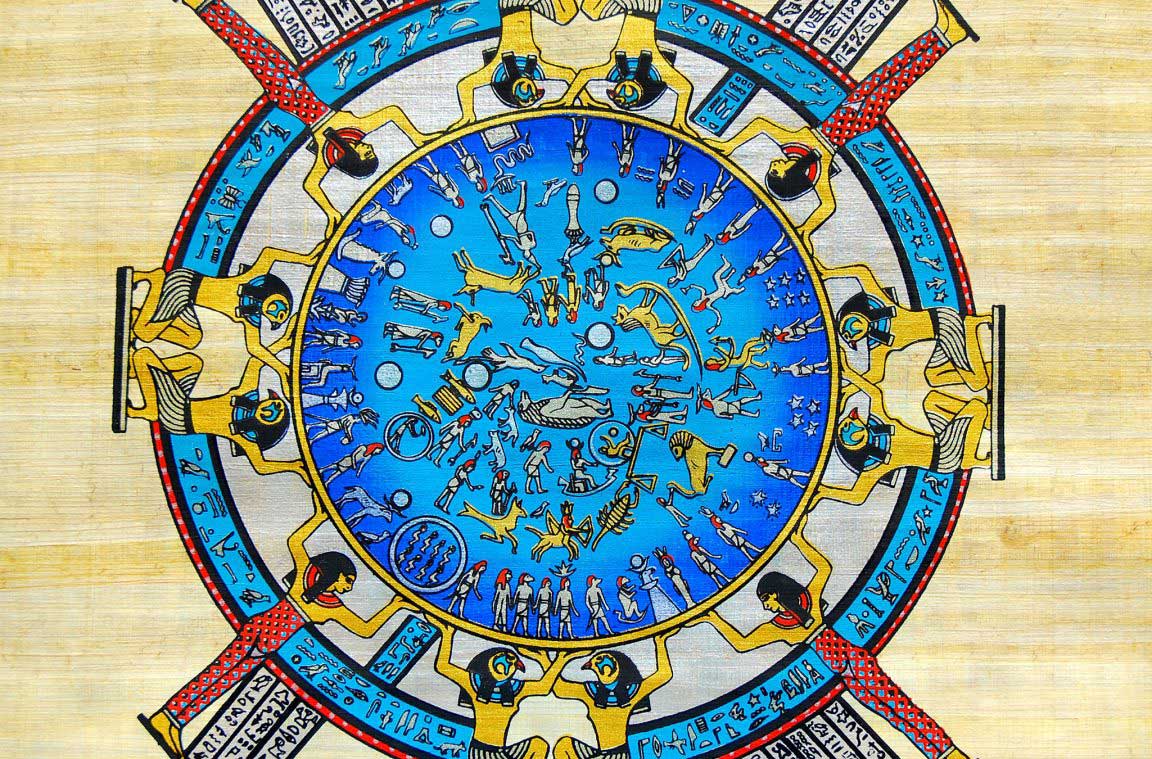
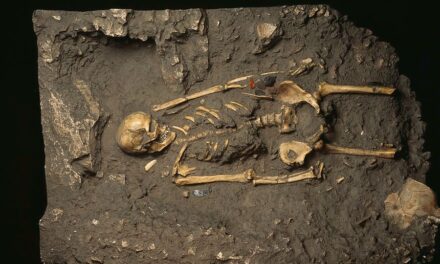

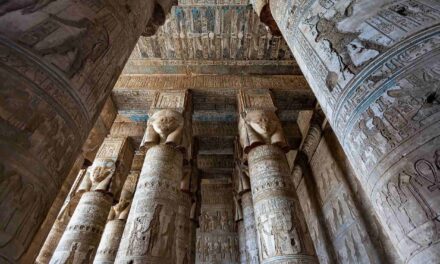
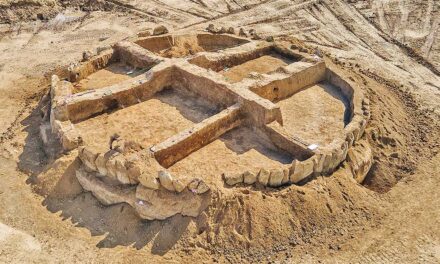
0 Comments